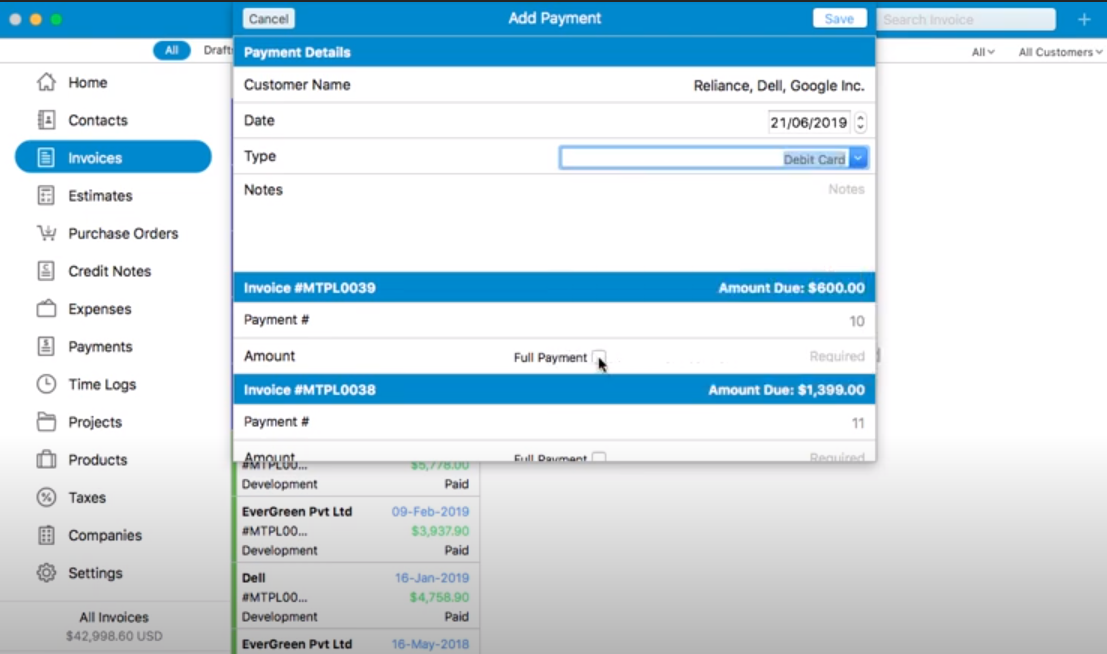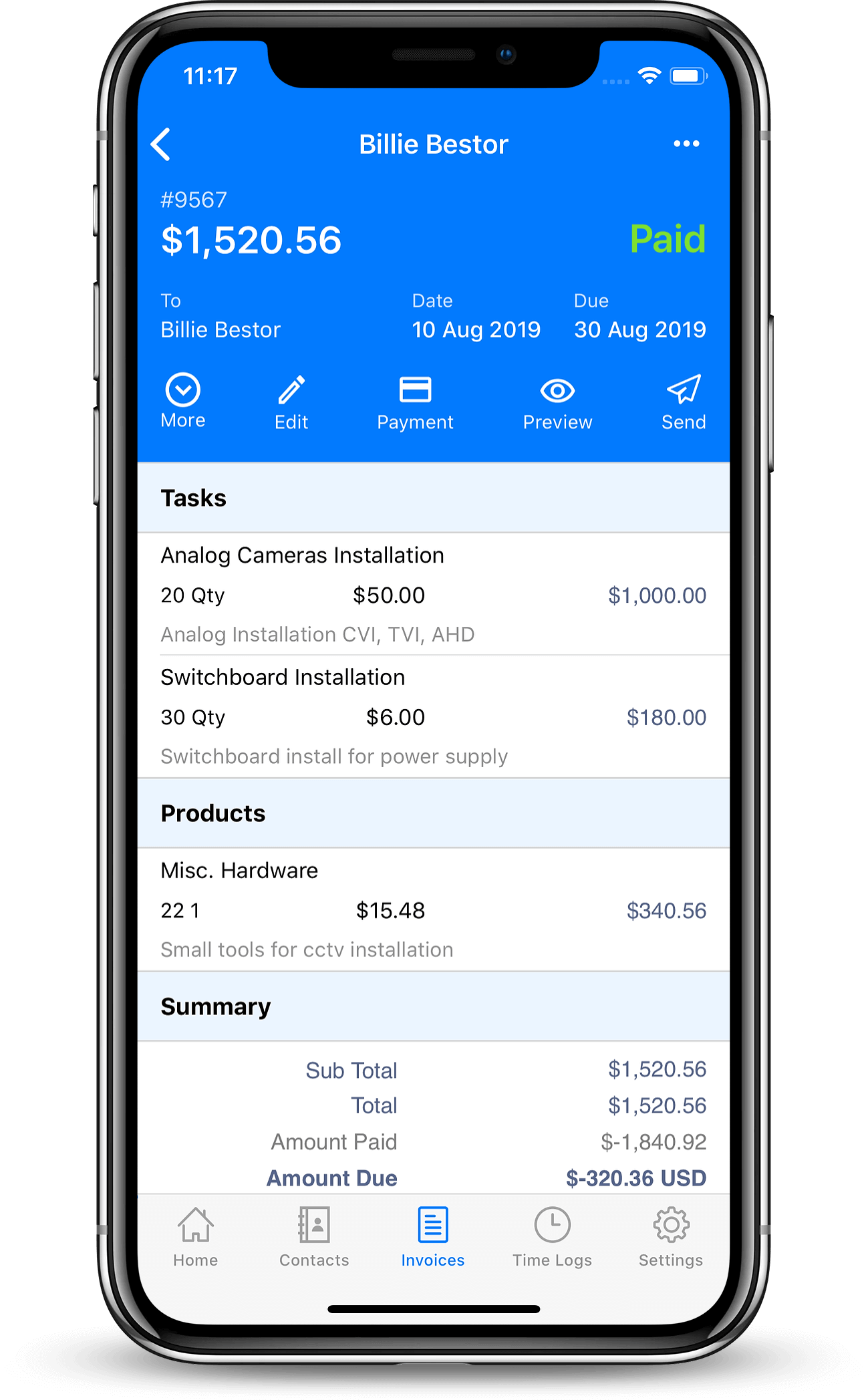

(Some e-signature software providers have a two-step identification system for signers. This could include an email trail, IP address, or time stamp. Most electronic signature solutions require that you give consent before signing, while others might provide the option to complete the form on paper. Prove the signer consented to conduct their business electronically.(To illustrate this, provide a clear option not to sign somewhere on the document.) Demonstrate that the signer had definite intent to sign.(Courts even allow you to present them as evidence in a court case.) The document simply needs to meet these requirements: In the United States, you can use an electronic signature to sign contracts, which largely speeds up the approval process. (Pro tip: Consult an attorney for any additional questions you may have regarding your specific online document.) Similar legislation exists in the European Union. In addition to the E-sign Act, the Uniform Electronic Transactions Act (UETA) outlines state use of e-signatures. In the United States, for example, the E-sign Act states that electronic signatures are binding as long as all parties agree to use them. They’re also legally binding in many countries. Though complex, digital signatures enable better authentication, data integrity, and security than e-signatures. In whichever case, the signature is invalid. If the buyer can’t decrypt the signature using the public key, one of two things has happened: Either the digital signature isn’t actually yours or the document has been tampered with since you signed it. Then the buyer receives a copy of your public key with the signed paperwork. When you electronically sign the seller’s agreement, a signature is created with your private key.

Say, for example, you’re selling your home. PKI generates and encrypts two long numbers (or keys) - one public and one private - that create a time-stamped digital signature. It’s unique to each signer and uses public key infrastructure (PKI) to encrypt and authenticate data through transmissions. Think of a digital signature like a digital fingerprint. Though they’re often referenced interchangeably, the two types of signatures are distinct, especially when it comes to how they’re used. However, before delving too deeply into the benefits of e-signatures and the various e-signature tools you can use, let’s take a quick look at the distinction between digital and electronic signatures. By including e-signatures in your paperwork, you can No matter what industry you work in - government, law, healthcare, finance, or sales - there’s a good chance you use contracts, agreements, and forms on a daily basis.


 0 kommentar(er)
0 kommentar(er)
